Review of the Day: The Savage by David Almond
 The Savage
The Savage
By David Almond
Illustrated by Dave McKean
Candlewick
$17.99
ISBN: 978-0-7636-3932-7
Ages 11 and up
On shelves now
By all logic, the melding of Dave McKean to David Almond should be a bad idea. David Almond tends to write YA novels with adult sensibilities gnawing away at their cores (and I include My Dad’s A Birdman in that gross generalization). Dave McKean for his own part is a fan of creating adult centered graphic novels ( The Sandman series most notably) and picture books with mature looks and feels (The Wolves in the Walls, The Day I Swapped My Dad for Two Goldfish, etc.). So it stands to reason that if you combined the two together you would end up with something that a child wouldn’t have a chance at enjoying or understanding. It would have to be something nightmare inducing, to say the least. Yet my encounter with The Savage came as a bit of a surprise to me. As feared it definitely has a slightly older readership, but the darkness of the images and the text work together in ways that actually reduce the scary factor rather than increase it. I wouldn’t go about handing the book to a five-year-old but for the canny child of eleven or twelve, "The Savage" is a wild untamed release of instinct and pain. The kind of thing a lot of adults wouldn’t trust a child to understand. The kind of thing a kid could appreciate (and understand) for sure.
Blue’s father is dead so his school counselor tells him to write down his feelings to deal with the pain. "I did try for a while, but it just seemed stupid, and it even made me feel worse," so another idea presents itself to him. Without fully comprehending why, Blue starts writing about a savage kid who lives on his own in the nearby Burgess Woods. When Blue is bullied by a boy named Hopper he writes about the savage seeing and loathing the kid. When Blue is with his little sister he writes passages where they interact with The Savage, if only from a distance. Yet as Blue writes more and more, he comes to feel that the Savage is more than just words on a page. And when an incident with Hopper comes to light, Blue comes to respect his creation, though it is up to the reader to decide how much they themselves believe in his existence.
ADVERTISEMENT
ADVERTISEMENT

The idea that what you write becomes real has been made most famous by books like Cornelia Funke’s Inkheart series. But there has always been a fear on the part of humankind that words could carry this power. Almond touches on this fear. If you could create a living breathing danger by simply writing about it, would you? Blue’s anger and resentment at his own father’s death and at the threat of the bully Hopper come to life in his Savage. Psychologically this could be seen as pretty healthy, but then that old "is this a reliable narrator?" question comes up. Did the Savage really beat up Hopper in his bed? Or was that actually Blue, possessed by the creature of his own making? Some kids will be inclined to take Almond at his word. A small few, however, will not be so sure.
For my own part, I have an inexplicable urge to bite people when they start lamenting the potential psychological damage that comes with letting kids hear tales like Little Red Riding Hood or the end of The Three Little Pigs. Such violence! Such horror! In spite of the fact that generations upon generations of adults have grown up quite nicely, thank you very much, on the goriest of the gruesome Grimms, the parental instinct to coddle remains. I have few doubts then that The Savage will strike more than one grown-up as inappropriate child fare. Look at the boy conjured up in this story! He kills and eats people! How is that okay for someone under the age of 18? The fact that this character is only described as eating people and never goes so far as to do anything any worse than punching someone out in their beds, that is a fact they forget. McKean is probably the reason why they it forget too. Like a reigned in Ronald Searle, McKean’s images give the impression that you’ve seen worse things than you actually have. It has something to do with his use of ink, I think. The splattered, wiry, gamy Savage suggests a whole world of decay and blood that never make it to the page but lie somewhere simmering just below the surface. It’s Where the Wild Things Are, shot through with teeth and flesh.

There has been some debate on what exactly to call this book. Is it a graphic novel? Not in the classic sense. There are no thought bubble or speech balloons, save one small passage. No clear cut panels or common comic tropes. But the words and the pictures do mix and match in new and peculiar ways. The term "illustrated novel" has been pulled out a lot lately to describe all these books that don’t slot neatly into one category or another. I mean there’s no other way to describe what a book like this is doing. The pictures and the words are interacting constantly, each one reliant upon the other. You could read The Savage without its illustrations, but it would be a weaker product. I feel as if you actually need McKean’s gaunt, half-crazed figure out there to give the book the sense of menace missing from the text. McKean’s Savage could do anything. He could hurt the narrator or destroy someone in the story we love. You begin to feel like the only way he’s kept in check is through Almond’s gentle words. At least I did.
So much of this book comes down to this melding of words and color. When Blue writes the Savage’s story his misspellings add to the danger and threat. A sentence like "He crowched down and licked the blud from his hands . . . and gript his nife and watched," carries more weight than its well-spelled cousin. The font of these passages is meant to be childlike and potentially wild. So too are the colored washes that accompany the Savage’s passages (since the only illustrated sections in this book are the ones that come out of Blue’s brain) which suggest that McKean had some kind of plan in mind when he colored his inks. At first glance there seem to be only two colors at play; Green scenes take place during the day and blue scenes at night. But a closer examination reveals other shades and hues as well. Blue penned pictures appear in the midst of green sunny days. One small passage appears in a sea of green/yellow. And of course there is the single instance when blood is shed. For that scene the red stands out, turning purple in a long wash against the blue of night, traveling up the Savage’s punching arm.
Wildness. Savagery. McKean and Almond do not fear touching upon these things. These psychological necessities in every healthy human psyche. Adults often do fear own their internal animals, however, and will often attempt to "protect" their children in some misguided attempt to shelter them from some of the darkness in the world. A little darkness is healthy, necessary even, in keeping us sane and sound. And The Savage alights on that little piece of darkness in us. I’ve little doubt that it will have a hard time finding its audience. Neither fish nor fowl, graphic novel nor prose, it sits on the fence between one art form and another. As a result, it will be punished for its fluidity. Punished for not being just one thing or another, but both at once. Fortunately, I have faith that those who find it and those that need it will come across it somewhere. Always assuming the adults in the vicinity have a healthy respect for the id. Wild unchecked stuff.
On shelves now.
Misc:
-
Get a little background information on the making of this book with the fabulous Seven Impossible Things Before Breakfast interview with David Almond.
-
For that matter you may as well read the Guys Lit Wire piece on the man too.
-
Here is a report from the book launch.
-
Aw.
-
And finally, here’s the British cover of the book, for your amusement:

Filed under: Reviews
About Betsy Bird
Betsy Bird is currently the Collection Development Manager of the Evanston Public Library system and a former Materials Specialist for New York Public Library. She has served on Newbery, written for Horn Book, and has done other lovely little things that she'd love to tell you about but that she's sure you'd find more interesting to hear of in person. Her opinions are her own and do not reflect those of EPL, SLJ, or any of the other acronyms you might be able to name. Follow her on Twitter: @fuseeight.
ADVERTISEMENT
ADVERTISEMENT
SLJ Blog Network
The Moral Dilemma of THE MONSTER AT THE END OF THIS BOOK
Winnie-The-Pooh | Review
Parsing Religion in Public Schools
ADVERTISEMENT

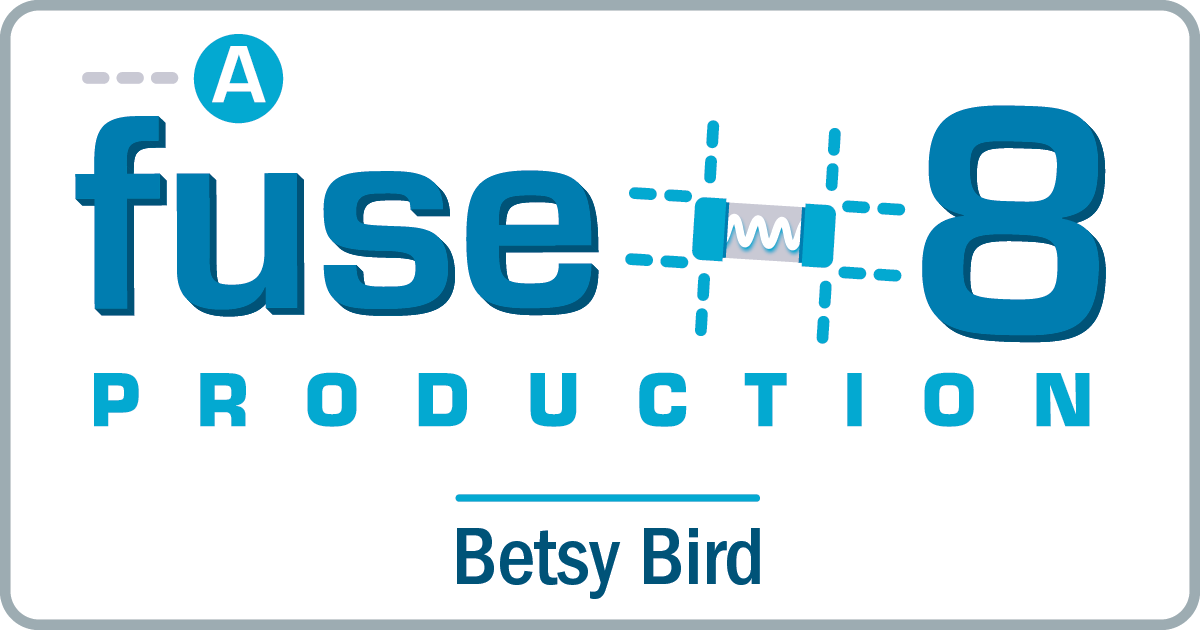

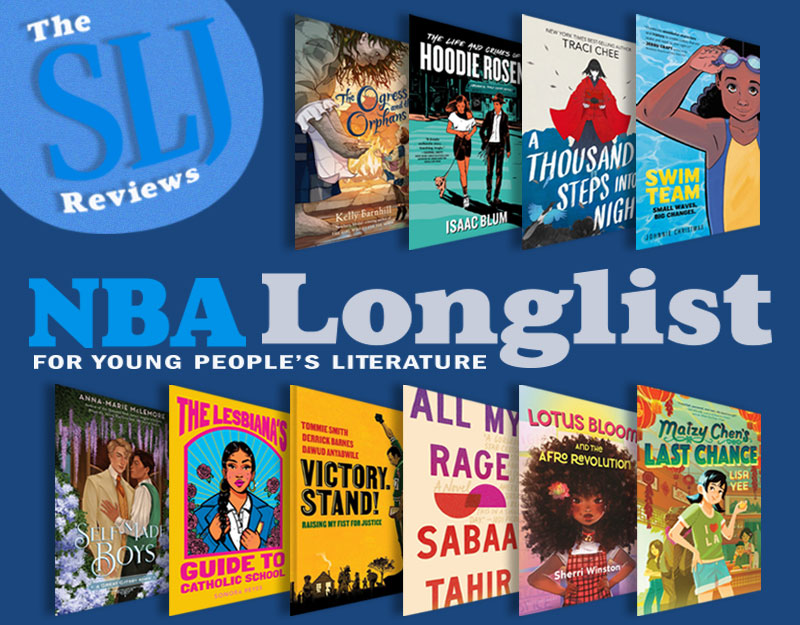
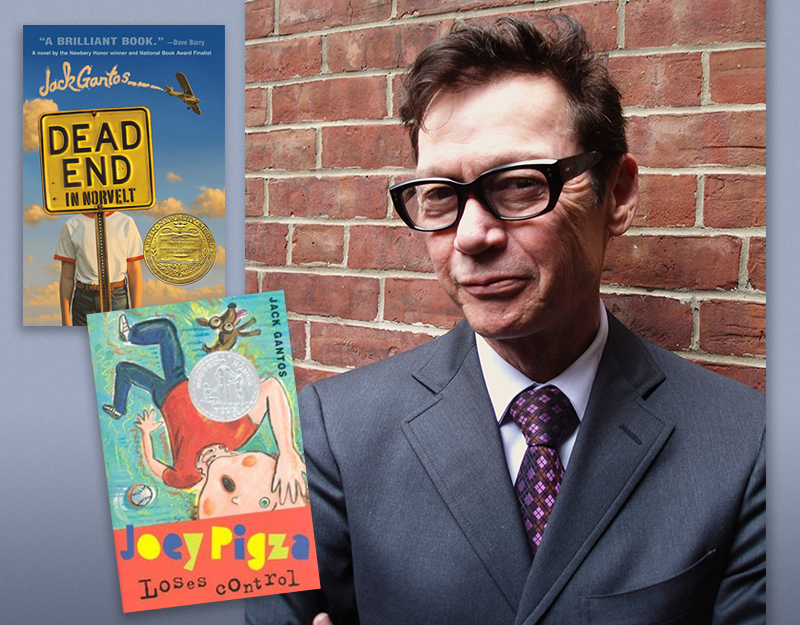
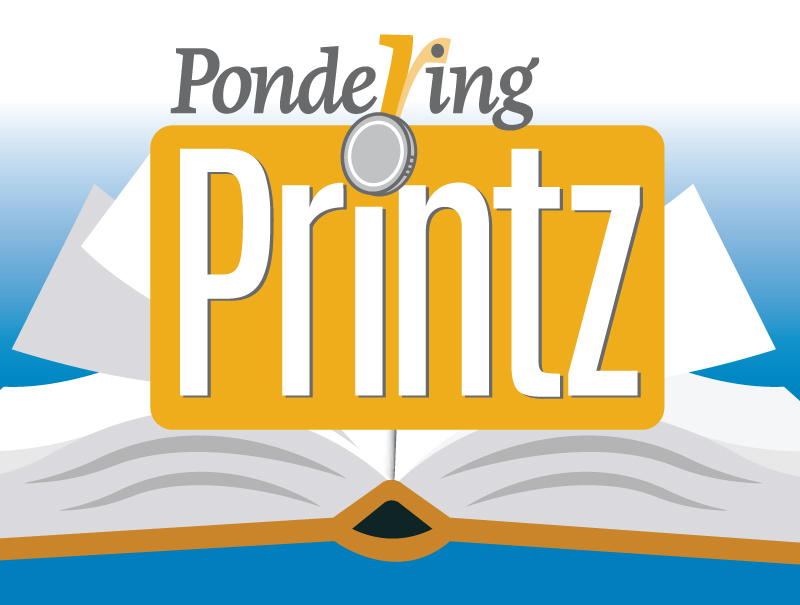

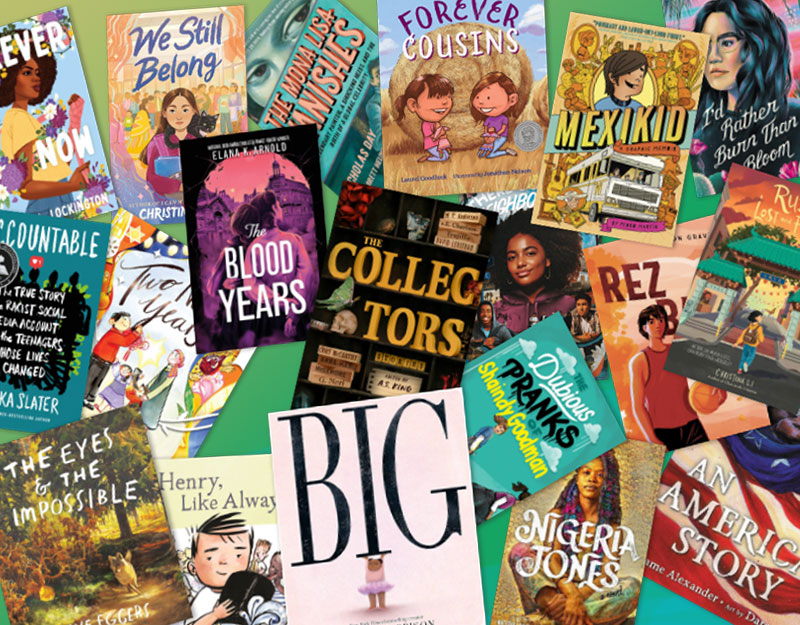
Wonderful. This is well observed: “It’s Where the Wild Things Are, shot through with teeth and flesh.” I loved this one.
i should have had you write my latest essay for me, fuse. i disagree that it will have a hard time finding an audience; this book will be found by the audience that needs it most. it is one of those books that has its own magnetic pull.
Well, I prefer to believe that you are correct. I just need some ammunition to convince my fellow children’s librarians.